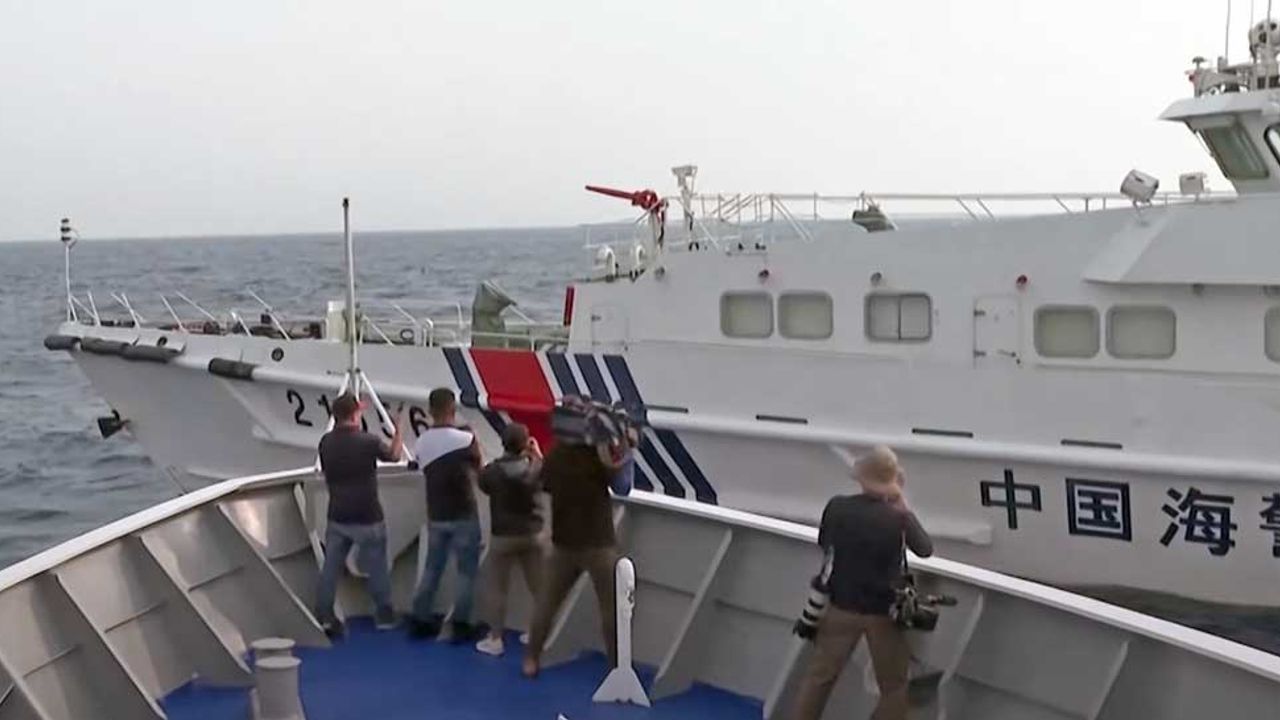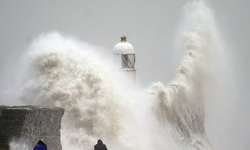The incident occurred on Saturday near the Sabina Shoal, an area claimed by both countries. It is the latest in a series of escalating tensions between China and the Philippines over territories in the South China Sea, with at least three other incidents involving their vessels reported in the past two weeks.
The Filipino government claims a Chinese ship "directly and intentionally rammed" its vessel, while China alleges that the Philippine ship "deliberately" crashed into a Chinese vessel.
Sabina Shoal, also known as Xianbin Jiao by China and Escoda Shoal by the Philippines, is located approximately 75 nautical miles from the west coast of the Philippines and 630 nautical miles from China. The South China Sea is a major international shipping route, with an estimated $3 trillion worth of trade passing through each year. China claims nearly all of the South China Sea, including areas also claimed by the Philippines, Brunei, Malaysia, Taiwan, and Vietnam.
Following the collision, China’s coast guard urged the Philippines to withdraw from the Sabina Shoal and vowed to “resolutely thwart all acts of provocation, nuisance, and infringement.” Meanwhile, the Philippine Coast Guard stated that it would keep its vessel, the Teresa Magbanua, in the area “despite harassment, bullying activities, and escalatory actions by the Chinese Coast Guard.”
No casualties were reported from the incident, but Commodore Jay Tarriela of the Philippine Coast Guard confirmed that the 97-meter Teresa Magbanua sustained damage after being struck "several times" by the Chinese vessel.
The United States has condemned China's actions, with U.S. Ambassador to the Philippines, MaryKay L. Carlson, criticizing what she called China’s “dangerous actions” in the region. She stated that the U.S. "condemns the multiple dangerous violations of international law by the [People's Republic of China], including today's intentional ramming of the BRP Teresa Magbanua while it was conducting lawful operations within the [Philippines] EEZ.” Carlson affirmed U.S. support for the Philippines in upholding international law.
On the other hand, China has repeatedly blamed the Philippines and its ally, the United States, for escalating tensions in the region. Last week, a Chinese defense ministry spokesperson accused Washington of "emboldening" Manila to engage in "reckless provocations."
Analysts warn that the ongoing disputes could potentially lead to a larger conflict in the South China Sea. A previous attempt by the Philippines to seek arbitration from the United Nations resulted in a ruling that China had no lawful claims within its so-called "nine-dash line," a demarcation it uses to assert rights over much of the South China Sea. China has refused to recognize this ruling.
Matthew Miller, a spokesperson for the U.S. State Department, stated that throughout August 2024, China has "aggressively disrupted lawful Philippine aerial and maritime operations in the South China Sea, including at Sabina Shoal." Miller called on China to adhere to international law and “desist from dangerous and destabilizing conduct.”
China claims nearly the entire South China Sea as its sovereign territory, despite a 2016 international tribunal ruling that rejected its claims.
The rise in tensions follows a recent agreement between China and the Philippines aimed at easing hostilities. The deal was intended to reduce friction around another contested area, where China's increasingly assertive actions had caused concern throughout the region and in the United States, a defense ally of the Philippines.







